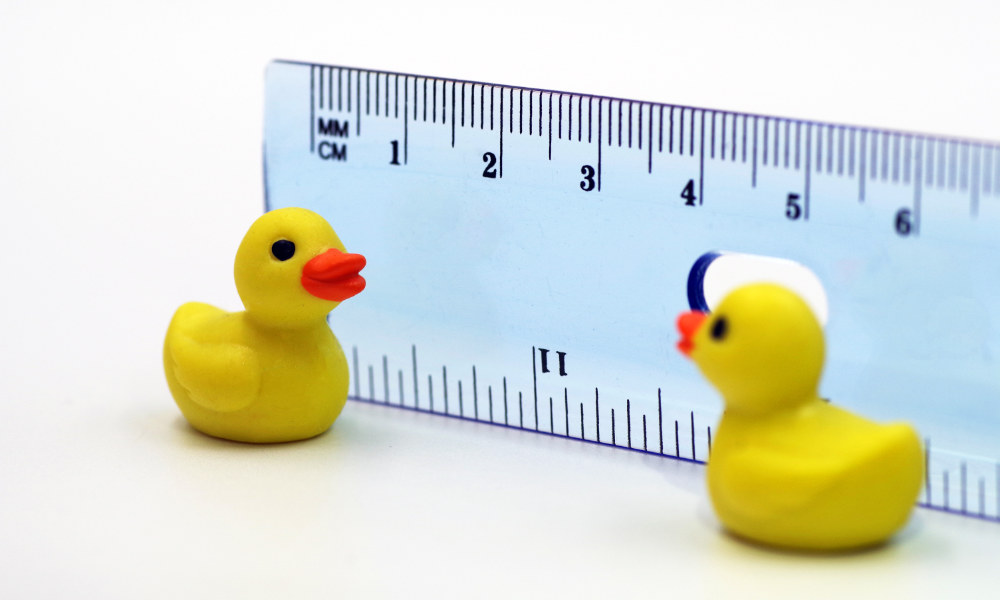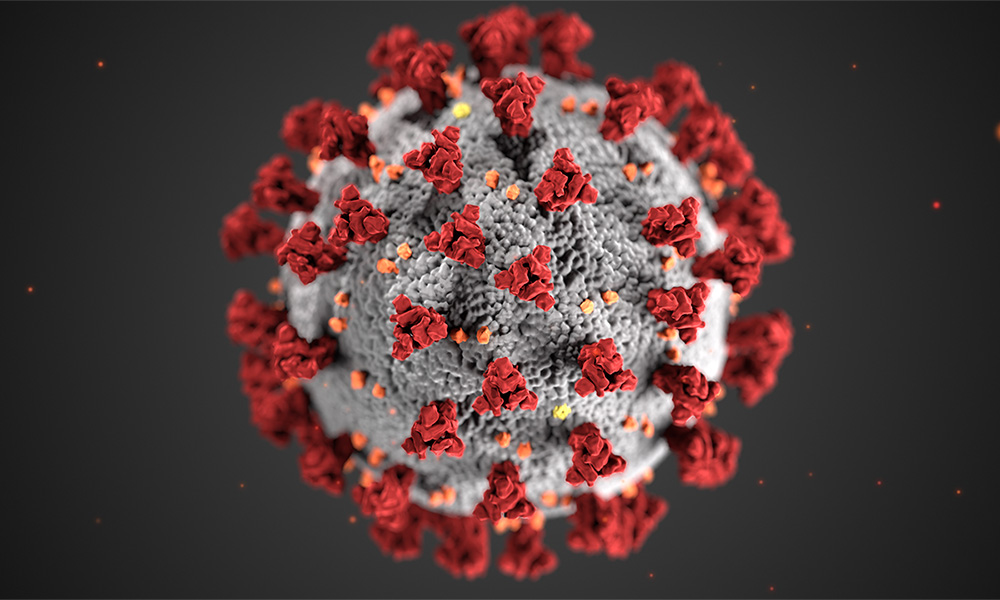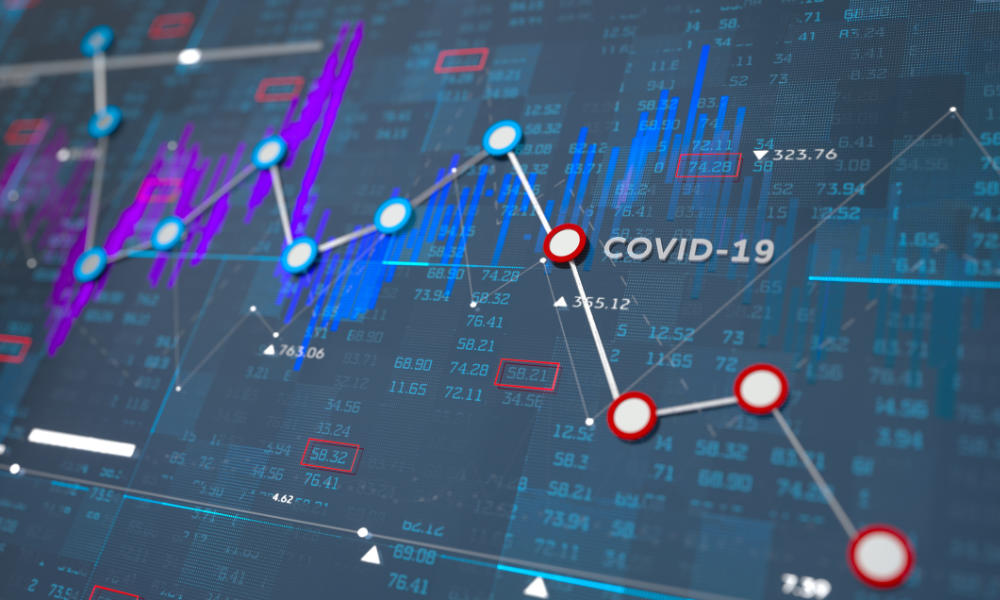The stimulus package that passed recently as the Coronavirus Aid, Relief, and Economic Security, or CARES, Act carried with it an assumption that “we’ll see a rapid economic recovery in the next 4 to 6 months,” says Narayana Kocherlakota, the Lionel W. McKenzie Professor of Economics at the University of Rochester. “My own forecast is that the downturn will be severe and last much longer.”
One reason for that prediction is that to resume economic activity, we need “mass testing, tracing, and quarantining.” And, Kocherlakota, a former president of the Federal Reserve Bank of Minneapolis, says, “I do not see enough leadership at the federal level to make that happen.”
What impact do you expect the coronavirus pandemic to have on the US economy?
Coronavirus update
The University’s website is a way to find guidance and critical information during a rapidly changing situation.
COVID-19 symptoms or exposure?
Find out what to do if you or a close contact have symptoms or think you may have been exposed.
In the second quarter of this year, which we’re now in, we will have a significant fall in gross domestic product. It will be, at the very least, a 5 percent fall from the first to the second quarter, and it could be as large as 20 percent. Unemployment will rise sharply. We don’t know yet how sharply, but it will definitely be into the double digits. The question is whether it will exceed 20 percent by June. That’s not a recession; it’s disaster. These are extraordinary numbers that we have not seen in the United States in the post-World War II era.
The question then is what is going to happen to the economy in July and thereafter. The economic freefall is not happening because of a monetary policy mistake or because of a financial crisis. The reason it’s happening is a combined effect of two factors. The first is this disease that makes people want to stay away from activities that require close proximity to others. The second is the social distancing restrictions that most states have found necessary to curb the spread of the disease. Together, these factors have given rise to a downturn of the kind we’re seeing. If we’re going to have a recovery in the second half of the year, we need to have a much better response from the federal government on the public health front.
What are the potential options in terms of the public health response?
I see two possible approaches. One is to lean heavily on the kind of severe restrictions on personal interaction many states have in place. And the second thing we could be doing is mass testing, tracing, and quarantining. Many observers have emphasized the potential role of testing, but it’s important to stress that testing by itself is not sufficient. We also need systematic contact tracing, so that if a person tests positive, all of their contacts over the prior two weeks can be tested. And we also need quarantining, so that all people who test positive are subject to a mandatory two-week isolation period. Of course, there are no barriers to travel within our country. So, to be fully effective, that testing, tracing, and quarantining program would have to be funded and organized at the federal level.
Without such a national program in place, we cannot just open up the economy, as some in the Trump administration urge. That would quickly lead to rapid increases in hospitalizations in at least some locations, with their hospitals being overrun with COVID-19 cases, just as we’ve seen in northern Italy, Spain, and Wuhan. To keep that from happening, we would need to have restrictions that will give rise to a very sluggish economy and very low levels of economic activity.
I do not see much going on right now in the US to organize an effective testing, tracing, and quarantining regime. Perhaps that will change, but right now I do not see the kind of direction and leadership at the federal level that’s going to be necessary to make that happen. So in the absence of that, we’ll have to rely on relatively severe social distancing until we get a vaccine. That’s the basis of my forecast that the downturn will last quite a long time.
Are there any risks of doing too much to help the economy?
I don’t see much risk to doing too much. In theory, we could have overly high inflation. We do, however, have the tools to deal with that. The Federal Reserve would raise interest rates, if it came to that. But I see that risk as unlikely to materialize.
Read more

‘Make every effort to connect—digitally—with other people’
How best to handle the psychology of social distancing? Two Rochester psychologists offer ideas.

How do you slow a pandemic?
A Rochester health policy expert, physician, and historian, says a modern understanding of epidemiology is key to dealing with pandemics like coronavirus.
 Why do people hoard and socialize during a pandemic?
Why do people hoard and socialize during a pandemic?What’s often seen as selfish behavior can also be an indication of personal attachment—even affection—says a Rochester anthropologist.





